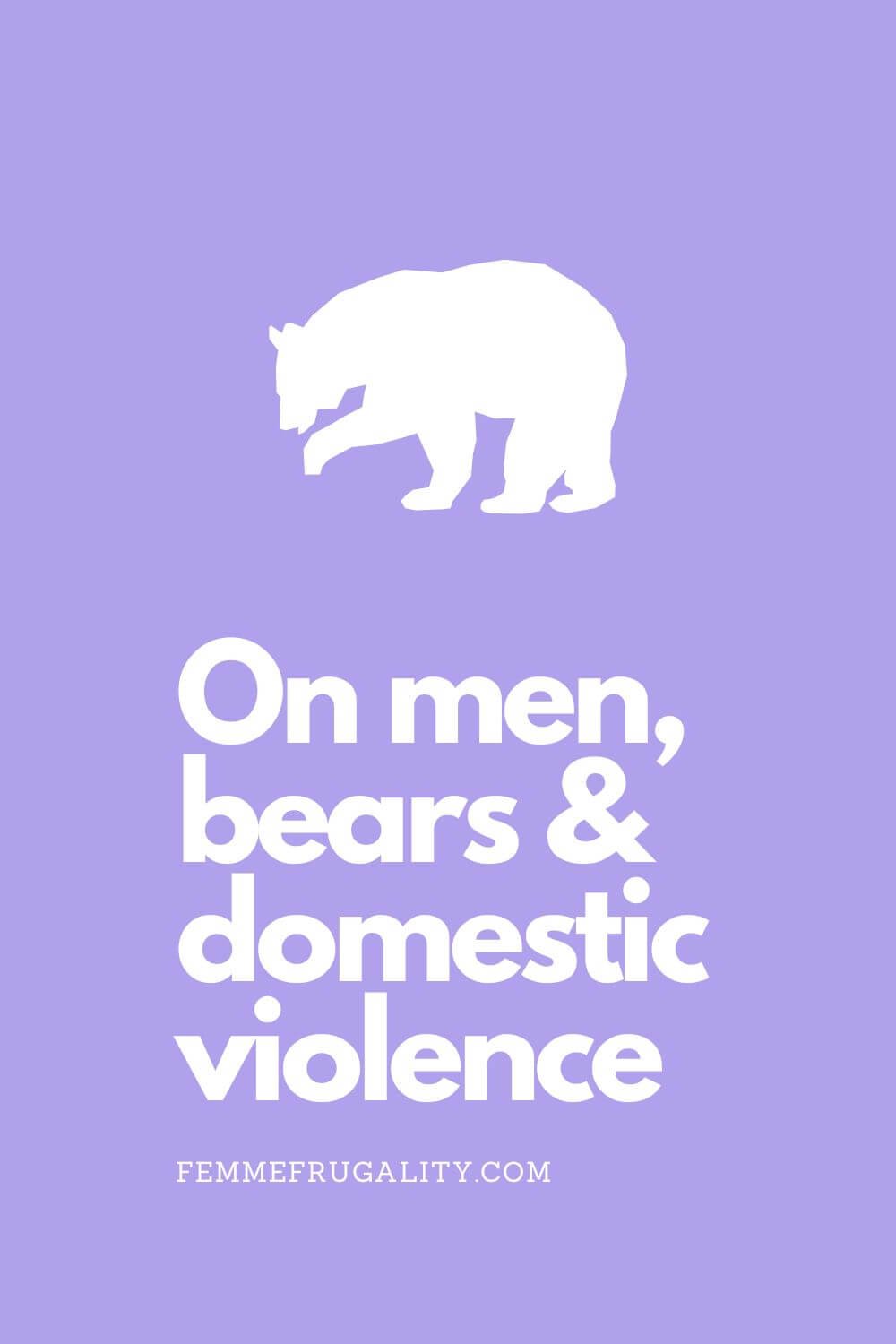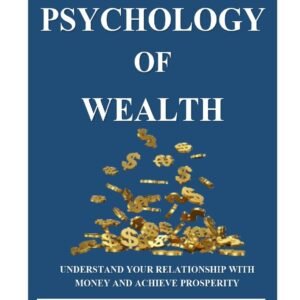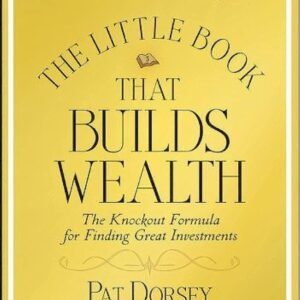Note: This piece may contain triggers for those who have been in abusive relationships. If you are in an abusive relationship, note your internet usage may be being monitored without your knowledge.
I moved around a lot as a kid. But the place where I spent the largest chunk of my formative years was the woods of Western Pennsylvania.
I’d go hiking. Wade into cricks with friends. One neighborhood kid even built a dirt bike course in the forest behind our homes. I frequently went camping, both in bare-bones cabins and in tents.
Often, the woods were a place where I went to find solace. To both hide myself away when the larger world felt overwhelming, and simultaneously explore my own depths.
Alone.
In nature.
It’s perhaps unsurprising, then, that many of the people I know have a similar affinity for the wooded lands that surrounded us.
This past Spring, when the man vs bear debate was raging on social media, one of my particularly reflective friends came to me with a question. He’s always hiking or doing something in the woods, usually with his kids.
“So with this man versus bear thing, if I’m out hiking and there’s a woman on the path, what’s the best thing to do to not make her feel scared?”
I thought about it for a beat. Told him that if I ran across someone hiking with their kids that I wouldn’t be particularly concerned.
Recounted that the only time a person had ever scared me in the woods I didn’t even see them. I just saw their shack and recently doused fire. And the grown man who was hiking with me was appropriately worried, too. It wasn’t a lady thing.
Just act normal, acknowledge my existence with a hello, and keep it moving, and you’re probably not going to freak me out.
“But that’s what bothers me about this whole juxtaposition of man versus bear,” I said. “It’s all set in the woods.
“The biggest monsters don’t tend to be the ones you happen upon in the forest. The biggest monsters are the ones you let into your home.
“And I’ve never had a bear knock at my front door.”
Home is the most dangerous place for women
In 2018, the UN declared the home as the most dangerous place for women. That’s because of all the femicides in the world, 58% of them occurred within a woman’s home at the hands of an intimate partner or other family member.
In the U.S., we’ve seen 480 gun-related domestic violence fatalities so far in 2024 according to the NCADV. (And that’s just the fatalities where a gun was involved.)
Death isn’t the only way to experience violence. NCDAV also reports that 20% of women have been raped, and RAINN tells us that 80% of victims know their sexual assailant – whether that person is a partner, family member or acquaintance.
The number may be even higher. Out of every 1,000 sexual assaults, according to RAINN, only 310 are reported to the police. If you know the person who assaulted you, you may be less likely to report it as that person likely still presents a threat in your daily life.
America’s systems compound violence against women
This year, we’re going to spend Domestic Violence Awareness Month looking not just at the impacts on individual women. We’re also going to explore the ways in which America’s systems perpetuate this violence against women, from family courts to gun laws to – how can we avoid it? – bodily autonomy.
Because ultimately, when our courts and legislative bodies make decisions that affect the private sphere, it’s a women’s issue. And the most private of spheres – the home – is the most dangerous place for women.
Note: We’ve covered how domestic and intimate partner violence is a financial issue in the past.
Lions and tigers and bears
Am I saying you should exercise no precaution in the woods?
Absolutely not. Most women feel the need to exercise a ton of caution regardless of setting, and venturing into nature is not an exception. Whether you’re dealing with bears or unknown strangers.
Side note: I honestly don’t know that I’d repeat the amount of solo time I spent in the forest today. I’m older and maybe wiser. Plus I think collectively, our perceptions of where we are and aren’t safe have changed a lot since the days of my youth.
Am I saying that it wasn’t impactful that women overwhelmingly expressed more fear of men than of bears?
No. There was a point there.
But what I am saying is that while stranger danger is important to pay attention to, it’s also important to pay attention to the fact that more often than not, the people women need to watch out for the most aren’t necessarily people they don’t know.
Because the situation is quite the opposite.



















Leave a Reply